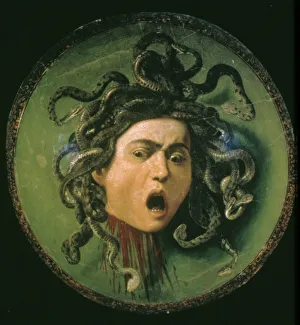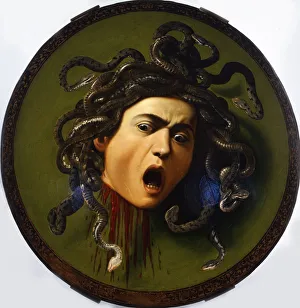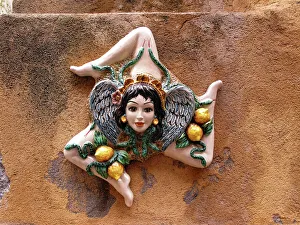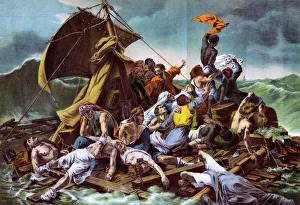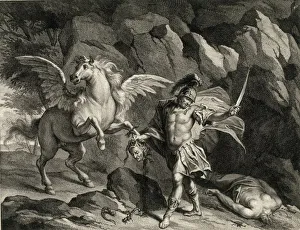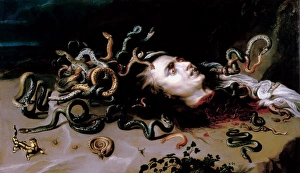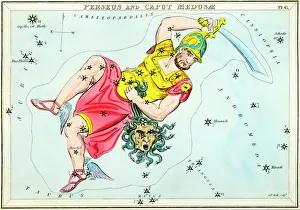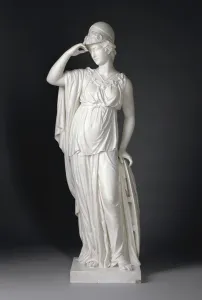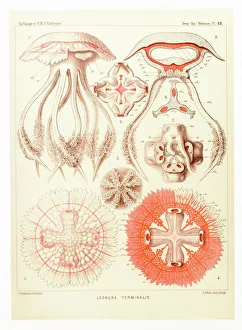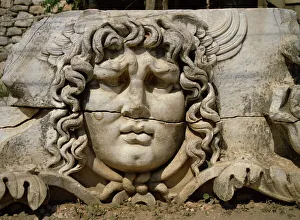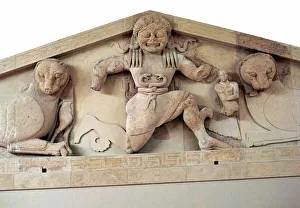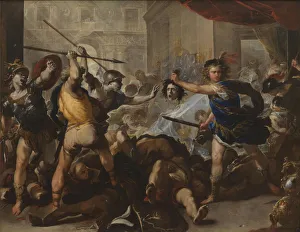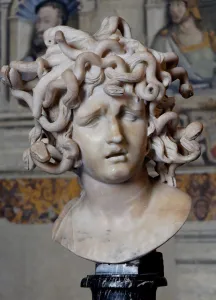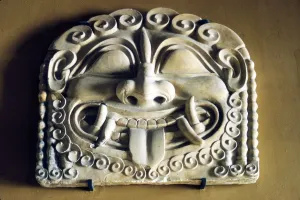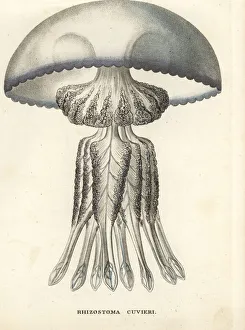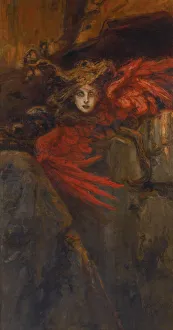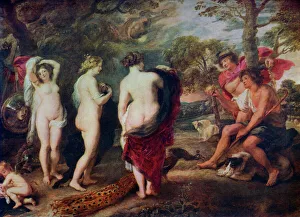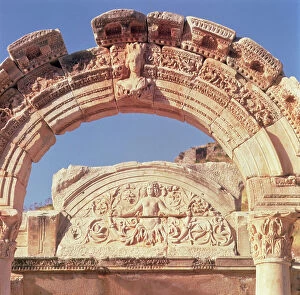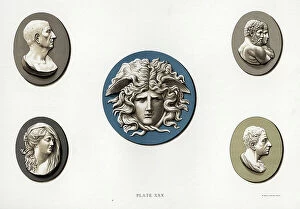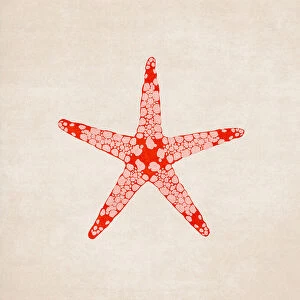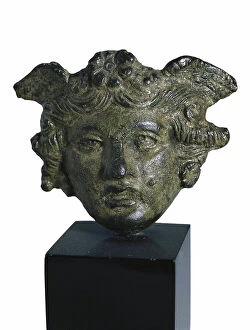Medusa Collection
"Unveiling the Enigma: Medusa in Art and Mythology" Medusa, a captivating figure from Greek mythology, has fascinated artists for centuries
All Professionally Made to Order for Quick Shipping
"Unveiling the Enigma: Medusa in Art and Mythology" Medusa, a captivating figure from Greek mythology, has fascinated artists for centuries. One of the most iconic representations is "Head of Medusa" by Caravaggio, an oil painting created in 1596. This masterpiece showcases her terrifying visage with snakes writhing around her head. The mythological tale of Perseus and Medusa is another popular subject depicted in various artworks. The epic clash between Perseus and the monstrous Gorgon resulted in his triumphant beheading to save Princess Andromeda. Their encounter has been immortalized through sculptures like "Medusa Raft - 1, " where the artist captures their intense struggle frozen in time. Caravaggio's portrayal further captivates viewers with its realism and dramatic lighting. Painted between 1596-1598, this artwork showcases his mastery over chiaroscuro techniques, emphasizing every intricate detail on her petrifying face. Not limited to paintings alone, references to they are also be found beyond traditional art forms. For instance, she finds herself etched into constellations such as Perseus constellation or even sculpted into marble statues like "Minerva. " Even jellyfish have been associated with her name due to their mesmerizing tentacles that resemble her snaky hair. Traveling across continents reveals more intriguing connections to this mythical creature. The Head sculpture located at Didyma in Anatolia stands as a testament to ancient civilizations' fascination with this enigmatic figure. Similarly, panthers accompanying a gorgon adorn the pediment of Artemis temple on Corfu Island. Closer home lies Sicily's Taormina region where Medusa takes center stage on its coat of arms—a symbol deeply rooted in local history and folklore.

